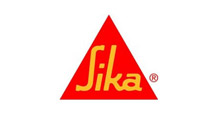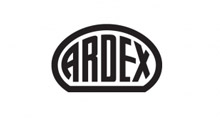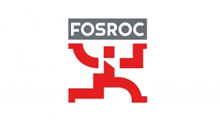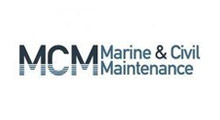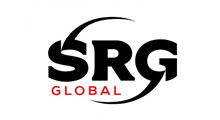
Inspection How-To
Before repair work can be undertaken on concrete structures, a thorough inspection to assess the causes and extent of structural distress is necessary.
The inspection evaluates the extent and severity of any distress or deterioration that could affect the load-bearing capacity or service life of the structure.
This procedure not only enables the extent of deterioration to be identified and documented, but also provides guidance on remedial action. Routine inspection based on a scheduled maintenance program is recommended even where no signs of premature failure is evident. Inspections may vary in extent and rigour, ranging from expert visual surveys to the use of sophisticated non-destructive diagnostic tools.
Regardless of the scope of inspection carried out, detailed planning prior to an investigation is essential, particularly to help uncover concealed defects and structural irregularities. This process requires the adoption of appropriate procedures and techniques, and the proper use of tools and interpretation of test results.
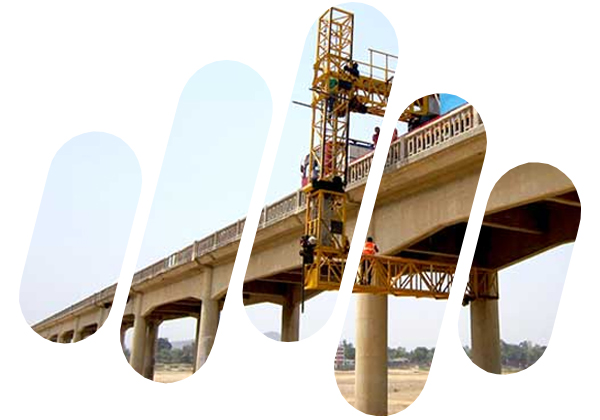
Watch this page for expansion on this theme or refer to Chapter 4 of the Guide to Concrete Repair and Protection, whose content comprises:
- Visual inspection
- Covermeter
- Assessing concrete parameters
– Petrographic analysis
– Pull-out test
– Polarisation resistance (linear polarisation)
– Elastic modulus
– Gamma radiography
– Infra-red thermography - Concrete resistivity
- Half-cell potential mapping
- Ultrasonic pulse velocity (UPV) measurements
- In situ sampling and testing
– Concrete quality
– Structural integrity
– Chemical analysis - Condition survey
- Summary
- Further reading






